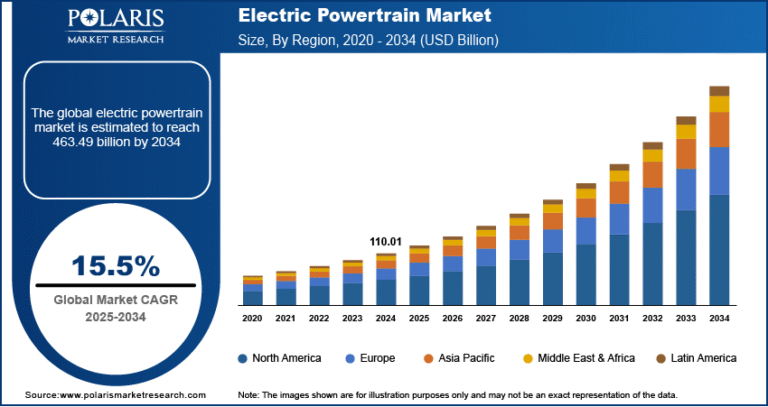Athleisure Market set to grow to USD 941.65 billion by 2034, with a CAGR of 9.2%

The global athleisure market was valued at USD 389.47 billion in 2024 and is projected to grow from USD 425.07 billion in 2025 to USD 941.65 billion by 2034, registering a CAGR of 9.2% during the forecast period from 2025 to 2034. Increasing fitness awareness, rising disposable incomes, and the growing acceptance of casual workwear in professional environments are among the key factors driving the growth of the athleisure market.
Trends & Insights (4 Key Points):
- Blurring Line Between Activewear and Casualwear: The fusion of fitness and fashion is driving demand for versatile clothing that transitions seamlessly from workouts to daily wear, reshaping consumer wardrobes globally.
- Influence of Health & Wellness Movement: Rising awareness around health, fitness, and overall well-being is encouraging consumers to adopt active lifestyles—fueling consistent growth in the athleisure segment.
- Sustainability and Eco-Friendly Fashion: Increasing consumer preference for sustainable and ethically produced athleisure products is prompting brands to invest in eco-conscious materials and transparent supply chains.
- Celebrity Endorsements and Social Media Trends: Influencer marketing, celebrity-led collections, and fitness-focused social media content are significantly shaping consumer behavior and brand loyalty in the athleisure space.
𝐆𝐞𝐭 𝐄𝐱𝐜𝐥𝐮𝐬𝐢𝐯𝐞 𝐒𝐚𝐦𝐩𝐥𝐞 𝐏𝐚𝐠𝐞𝐬 𝐨𝐟 𝐓𝐡𝐢𝐬 𝐑𝐞𝐩𝐨𝐫𝐭:
https://www.polarismarketresearch.com/industry-analysis/athleisure-market/request-for-sample
Market Size & Forecast:
- Market Size (2025): USD 425.07 billion
- Revenue Forecast (2034): USD 941.65 billion
- CAGR (2025–2034): 9.2%
Generic Market Overview (2 Paragraphs):
The athleisure market has emerged as a dominant force within the global apparel industry, driven by shifting lifestyle preferences and a growing emphasis on comfort and performance. Consumers increasingly favor multifunctional apparel that accommodates both active routines and everyday casual settings. As a result, traditional athletic wear has evolved into a fashionable wardrobe essential, with a strong presence in urban and suburban markets alike. Brands are responding by integrating performance-enhancing features with contemporary styles that appeal to a wide demographic, from fitness enthusiasts to fashion-forward consumers.
Technological innovation in fabrics—such as moisture-wicking, breathable, and stretchable textiles—is enhancing product functionality, while expanding digital retail platforms are enabling wider global access. The market is also witnessing increased demand across men’s, women’s, and children’s segments, with new players and legacy brands competing through innovation, collaborations, and personalized offerings. The athleisure trend, further amplified by the rise in remote work and wellness culture, is anticipated to sustain long-term growth well into the next decade.






